Celebrate National Native Plant Month: Embracing Texas' Natural Beauty
Posted on April 3, 2025 by Brianna Anzaldua
April marks National Native Plant Month, a time to celebrate the resilience, beauty, and ecological importance of native plants. At Edwards Aquifer Authority Education Outreach Center (EOC), visitors can explore the wonders of Texas’ native flora both inside and outside the facility. From interactive exhibits about water conservation to the vibrant Demonstration Garden, Native Plant Mural, the EOC offers a hands-on experience highlighting the value of native plants.
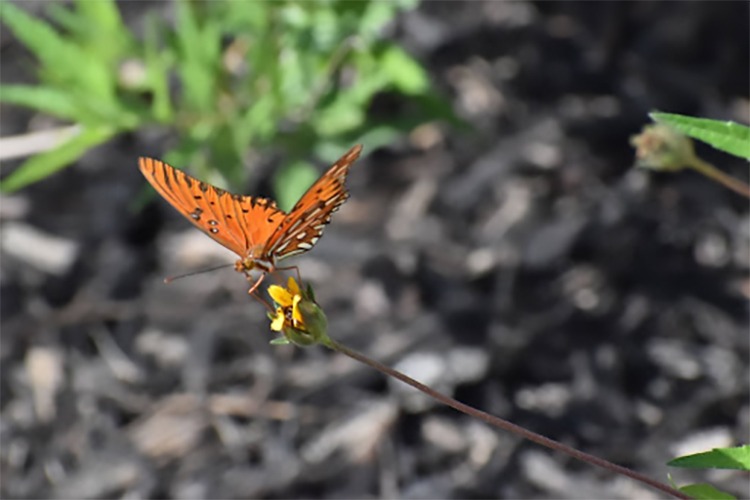
Explore the EOC's Interactive Experience
Inside the EOC, visitors will find a variety of interactive exhibits that provide a deeper understanding of water conservation and the role native plants play in protecting the Edwards Aquifer. One particularly fascinating display shows how the long roots of native plants are essential to maintaining soil health and filtering contaminants before they reach the aquifer. Native grasses like the Little Bluestem have extensive root systems that can grow several feet deep, helping to stabilize the soil and improve water infiltration.
In contrast, non-native plants often have shallow roots that are less effective at preventing soil erosion and filtering pollutants. This makes native plants a superior choice for protecting our water supply and maintaining a healthy environment.
The Native Plant Demonstration Garden showcases a variety of Texas native plants that thrive in our local climate. Featuring drought-tolerant species, this garden proves that even in dry conditions, Texans can cultivate stunning landscapes while conserving water.
Some standout native plants you’ll find in the garden include:
-
- Rock Rose (Pavonia lasiopetala) – A vibrant, pink-flowered shrub that serves as an excellent nectar source for pollinators.
- Zexmenia (Wedelia texana) – A hardy, yellow-blooming shrub that adds a splash of color to any landscape.
- Shrubby Boneset (Ageratina havanesis) – Valued for its fragrant white flowers that attract butterflies and bees.
- Cedar Sage (Salvia roemeriana) – A delicate herb with striking red blooms, known for drawing hummingbirds and other pollinators.
These plants not only beautify the landscape but also provide essential resources for local wildlife, supporting a healthy ecosystem.
Award-Winning Rainwater Harvesting System
The EOC was honored with a Texas Rain Catcher Award in 2021 for its exceptional rainwater harvesting system, which serves as the only water source for the Native Plant Demonstration Garden. The system is designed to collect rainwater from the EOC’s roof and store it in a large tank with a capacity of over 20,000 gallons. The water is then transferred to a smaller tank holding approximately 1,000 gallons, where it is used for drip irrigation.

This setup also provides a valuable educational experience for visitors. The garden and accompanying two-tank system demonstrate how rainwater harvesting can conserve water, reduce erosion, and create resilient landscapes. By using collected rainwater and implementing drip irrigation, the EOC’s Native Plant Demonstration Garden serves as a living example of water conservation in action — a practical and inspiring model for the community.
Drip irrigation at the EOC on a rainy day.
Brighten Your Garden with Native Texas Wildflowers and Grasses
Texas is home to a dazzling array of native wildflowers and grasses that bring vibrant color and texture to any garden. Consider adding these stunning plants to your outdoor space:
-
- Bluebonnet (Lupinus texensis) – The iconic state flower, recognizable by its vivid blue blooms.
- Black-Eyed Susan (Rudbeckia hirta) – A favorite among bees and butterflies, known for its violet-blue flowers.
- Gregg’s Mistflower (Conoclinium greggii) – A low-growing plant that produced clusters of lavender blooms, adored by butterflies.
- Flame Acanthus (Anisacanthus quadrifidus var. wrightii) – Known as the hummingbird bush for its tubular red-orange flowers.
For added texture and movement in your garden, consider native grasses such as Muhly Grass (Muhlenbergia), Little Bluestem (Schizachyrium scoparium), or Buffalograss (Buchloe dactyloides). Their graceful seed heads add beauty throughout the seasons.
To further promote native plant use, the EOC offers seasonal seed pack giveaways. Visitors can take home seeds of Texas native wildflowers, encouraging sustainable gardening in their own yards. This is a fantastic opportunity to start your own native plant garden while contributing to local biodiversity.
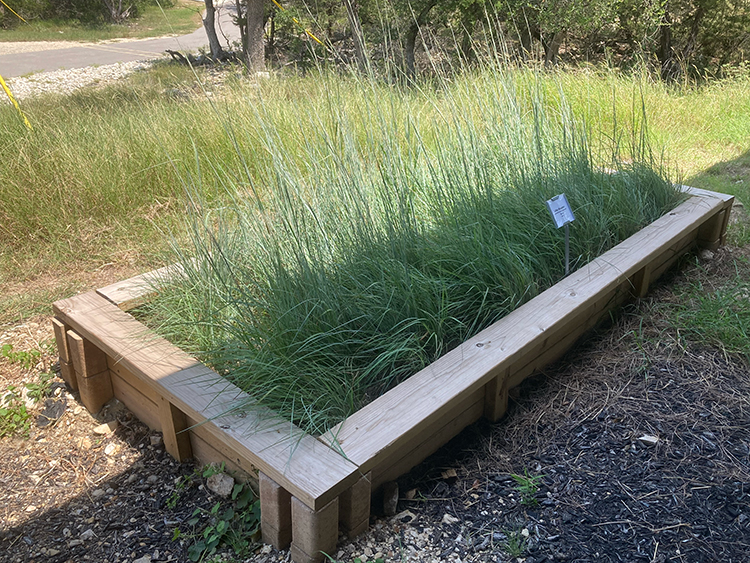
Why Choose Native Plants?
Native plants are naturally adapted to Texas’ unique climate, soil, and rainfall patterns. By incorporating native species into your garden, you can enjoy numerous benefits:
-
- Water Conservation: Native plants require less water than non-native species, reducing the need for irrigation.
- Low Maintenance: They are resilient against local pests and diseases, minimizing the need for chemical treatments.
- Soil Health: Native plant roots, like those of Little Bluestem grass, grow deep into the ground, stabilizing soil and preventing erosion.
- Wildlife Support: Native flowers and shrubs provide food and shelter for pollinators, birds, and beneficial insects.
- Biodiversity: Native plants support ecosystems by providing habitat and food for native species, promoting balanced and thriving local environments.
- Erosion Control: With their extensive root systems, native plants prevent soil loss on slopes and banks, making them a practical choice for landscaping in erosion-prone areas.
The Role of Native Plants in Water Conservation
One of the most remarkable aspects of native plants is their contribution to water conservation and aquifer protection. Native plant roots act as natural filters, trapping and breaking down pollutants before they can enter the Edwards Aquifer. The EOC’s exhibits explain how these root systems prevent contamination from stormwater runoff and improve groundwater recharge.
In contrast, non-native plants often lack the root structure necessary for efficient water filtration. Their shallow roots can lead to soil erosion and increased runoff, further stressing local water resources. By choosing native plants for your landscape, you are actively supporting water quality and protecting this essential resource.
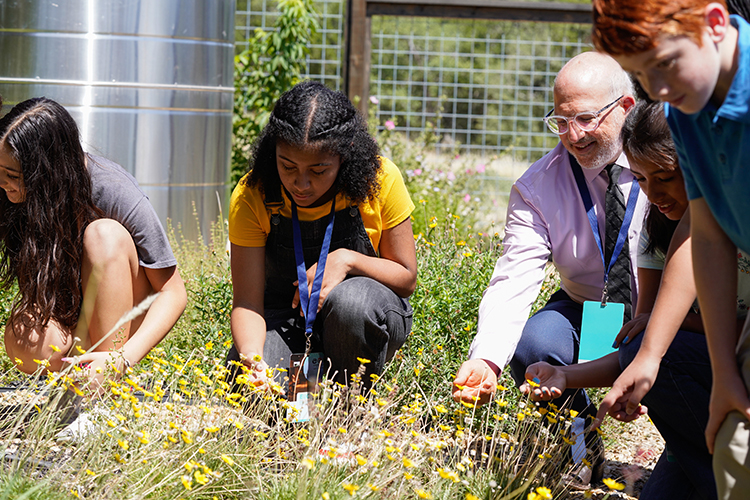
Upcoming Plant Giveaway at San Antonio’s Earth Day
To celebrate National Native Plant Month, consider attending the City of San Antonio’s 2025 Earth Day celebration! This free, family-friendly event will take place on April 26, 2025, from 10 a.m. to 2 p.m. at Woodlawn Lake Park.
As part of the festivities, there will be a tree and plant giveaway to encourage residents to embrace native plants and create sustainable landscapes. Don’t miss out on this opportunity to take home a native tree or plant and contribute to a healthier environment. Learn more about the event here.
Celebrate and Conserve
As you celebrate National Native Plant Month this April, consider visiting the EOC to gain inspiration from the Native Plant Demonstration Garden. Discover how native plants can transform your landscape while promoting water conservation and supporting local wildlife. By planting native species, you’re not only creating a beautiful garden but also contributing to a healthier environment for generations to come.
Let’s celebrate Texas’ natural beauty and the essential role native plants play in our ecosystem. Happy National Native Plant Month!
EOC's Third Anniversary
As we approach April 13th, 2025, the Edwards Aquifer Authority Education Outreach Center is excited to celebrate its third anniversary! Since opening its doors in April 2022, the EOC has been dedicated to educating the community about the Edwards Aquifer and the importance of water conservation. Over the past three years, we’ve welcomed thousands of visitors, including students, educators, and families, offering interactive exhibits such as the Cloud Caster, Global Perspective Display, and our unique cave theater. These hands-on experiences have provided invaluable insights into our region’s most precious natural resource.
Free Field Trips and Family Fun
The EOC is free and open to the public, making it the perfect destination for families and school groups. We also offer free field trips that provide an educational and engaging way to explore the aquifer’s ecosystem and its endangered species. Valentine’s Day is the perfect time to share your love of conservation and inspire the next generation of environmental stewards.
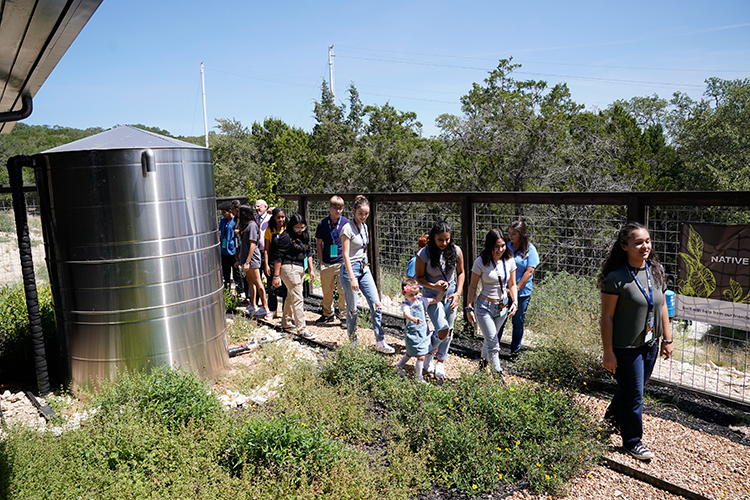
Plan Your Visit
The EOC, located on the Edwards Aquifer Recharge Zone at 23400 Cibolo Vista, San Antonio, TX 78261, is open Monday through Friday from 8 AM to 5 PM. This unique location offers visitors the opportunity to explore and learn directly on the recharge zone of the aquifer. This makes it a convenient and accessible destination for free educational field trips in San Antonio. It is ADA-accessible, free, and open to the public, making it the perfect destination for families, school groups, and individuals alike. With its mission to manage, enhance, and protect the Edwards Aquifer, the EAA is dedicated to educating the community about this precious resource. Through interactive exhibits, engaging school programs, and customizable tours, the EAAEOC makes learning accessible and fun.
Whether you’re looking for an educational field trip, a self-guided adventure, or a unique way to learn about Texas’ natural resources, the EAAEOC has you covered. Visit eaaeoc.org to schedule your free educational trip to the Edwards Aquifer Authority Education Outreach Center today and make 2025 a year of discovery and learning!
More Posts
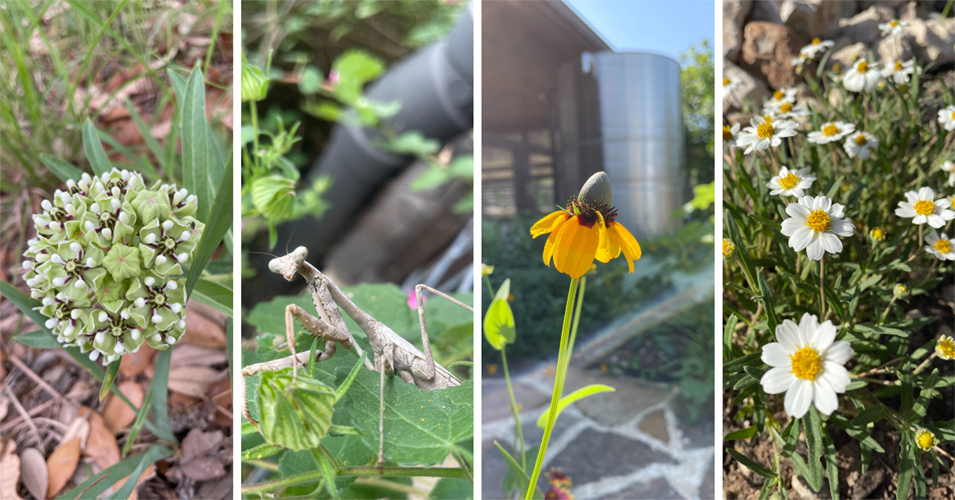
From Lens to Landscape: Tips for Our Rooted in Saving Water Photo Contest
June marks the official start of summer – and one of the most fascinating astronomical events of the year: the summer solstice. This annual milestone happens when Earth’s tilt is at its maximum toward the sun, giving the Northern Hemisphere its longest day and shortest night of the year. This year, the summer solstice arrives on June 20th at 3:50 p.m. CDT.
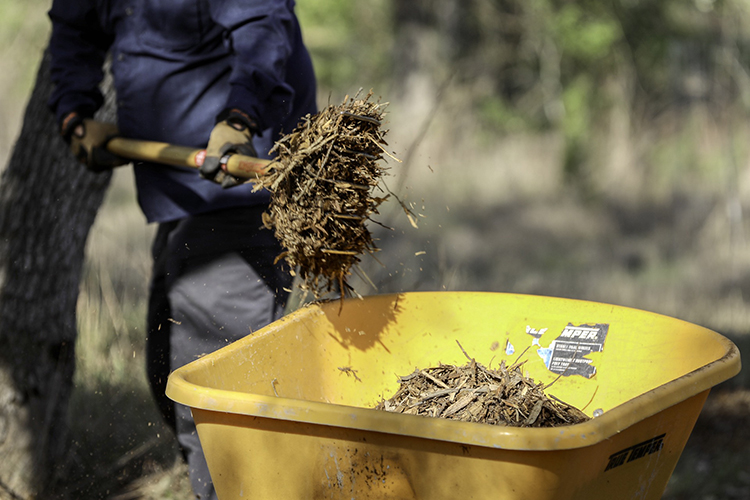
Dig Into World Soil Day at the EAA Education Outreach Center
At the Edwards Aquifer Authority Education Outreach Center (EAA EOC), we’re all about celebrating the nature beneath our feet, and that includes more than just the Edwards Aquifer. We’re talking about soil! This World Soil Day is the perfect time to get down and dirty...

0 Comments